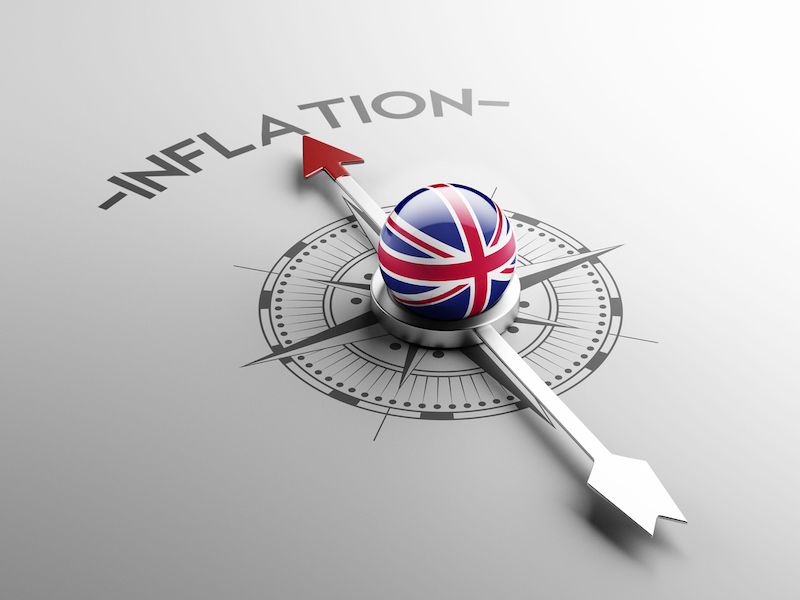
Inflation in the U.K. has fallen to its lowest level since the immediate aftermath of Russia’s invasion of Ukraine, though elevated food prices meant it didn’t fall as much as anticipated.
The Office for National Statistics said Wednesday the inflation rate, as measured by the consumer prices index, dropped to 8.7% in the year to April from 10.1% in March, largely because last year’s energy spike in the wake of the invasion dropped out of the annual comparison. The fall took inflation to its lowest level since March 2022, a month after the war began.
Though welcome, the decline wasn’t as big as anticipated, especially as prices in the wholesale gas market have been falling for months. The consensus in financial markets was that it would ease back further to 8.3%,
One of the main reasons why inflation is consistently running higher than anticipated — and generally higher than other nations in the Group of Seven — is that food prices remain elevated. The statistics agency showed food prices were still 19% higher than they were the year before.
“The rate of inflation fell notably as the large energy price rises seen last year were not repeated this April, but was offset partially by increases in the cost of second-hand cars and cigarettes,” the statistics agency’s chief economist Grant Fitzner said.
“However, prices in general remain substantially higher than they were this time last year, with annual food price inflation near historic highs,” he added.
While welcoming the fall in inflation into single digits, Treasury chief Jeremy Hunt said “food prices are still running too high.”
On Tuesday, Hunt held discussions with food manufacturers over the cost of food and ways to ease pressure on households. No measures to ease the burden on households were announced.
“Surging food prices are particularly painful for low-income families, three-in-five of whom are already reporting that they are having to cut back on food and other essentials,” said James Smith, research director at the Resolution Foundation.
Overall, Wednesday’s figures back up the International Monetary Fund’s assessment on Tuesday that inflation in the U.K. is likely to remain stubbornly high over the coming years and only return to the Bank of England’s target of 2% in mid-2025, six months longer than it predicted earlier this year.
Like other central banks, the Bank of England has been raising interest rates aggressively over the past 18 months or so to a 15-year high of 4.5% after inflation spiked sharply, first because of bottlenecks caused by the coronavirus pandemic and then Russia’s invasion of Ukraine.
Bank of England Gov. Andrew Bailey, also on Tuesday, reiterated his stance that borrowing costs would have to rise again if inflation remained stubbornly high. He also conceded that policymakers have perhaps been caught off guard by the pace at which food prices have risen and remained elevated since the invasion of Ukraine, one of the world’s most important agricultural nations.
Samuel Tombs, chief U.K. economist at Pantheon Macroeconomics, said that a further increase in the bank’s interest rate to 4.75% in June is now “firmly on the table” following the above-consensus April outcome, and in light of the “sensitivity of households’ inflation expectations to food price changes.”